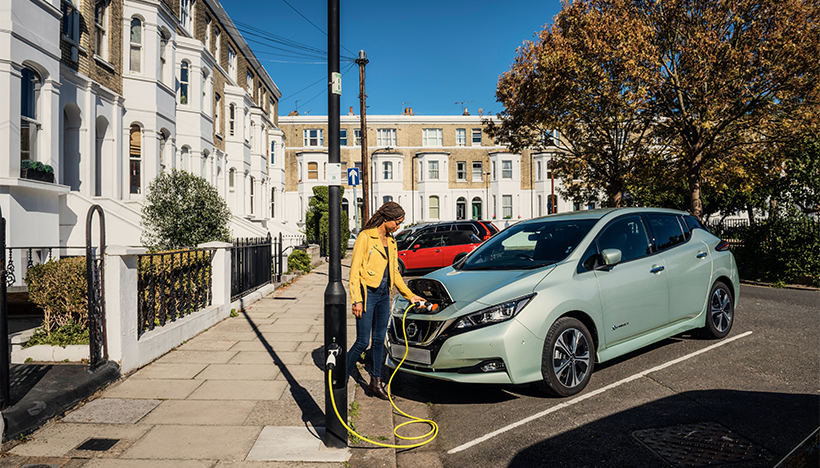In focus Electric vehicles and tax
More than 120 countries have pledged to reach net-zero emissions in the next few decades and together they have about 85% of the global road vehicle fleet [A]. Replacing petrol- and diesel-powered vehicles with electric vehicles is therefore critical to achieving these aims.
[A] IEA (2021), Global EV Outlook 2021, IEA, Paris.
EV sales forecast by region
in millions
However, governments are still debating how to tax electric vehicles. Governments receive significant revenues from taxes on petrol- and diesel-powered vehicles. Some governments are looking to replicate these revenues through taxes on electric vehicles. As the energy transition progresses, governments may decide to develop tax policies for electric vehicles that encourage consumers to purchase these but which also replace the tax revenues currently earned from petrol- and diesel-powered vehicles.
Factors affecting electric vehicle transition
Shell supports and advocates tax policies which support the transition to electric vehicles. For example, Shell is an active member of ChargeUp Europe. ChargeUp Europe advocates a smoother roll-out of electric vehicle charging infrastructure in Europe.
Through this forum, Shell has advocated clear and consistent tax policy on electric vehicle charging within the European Union (EU). For example, EU VAT legislation on vehicle fuelling has typically been applied in the context of the physical transfer of liquid fuel and not the flow of electrons. The debate about how to tax electric vehicles in the EU continues and includes certain key questions:
- Is the supply of electricity the supply of a good or a service? This will determine how VAT should be charged and by which party. To date, electricity has been treated as a good.
- Is there a linear chain of supply from the electricity utility through to the driver, or do some electric vehicle charging business models entail a more complex and wider web of relationships?
- Should all electric vehicle charging be taxed in the same way? Usually, the purchase of electricity for private use involves supply to a domestic property, which may be eligible for reduced VAT rates compared with supply to commercial premises. Should electric vehicle owners unable to charge their vehicles at home be required to pay higher VAT because they are charging on commercial premises or on the street?
Shell advocates VAT policies on electric vehicle charging that are consistent with governments’ net-zero emissions strategies, the treatment of conventional fuels and the supply of electricity generally. We believe that through certainty and consistency of taxation, governments can encourage the transition to electric vehicles.

In certain jurisdictions it is often referred to as a Goods and Services Tax (GST) or equivalent. See GST.









